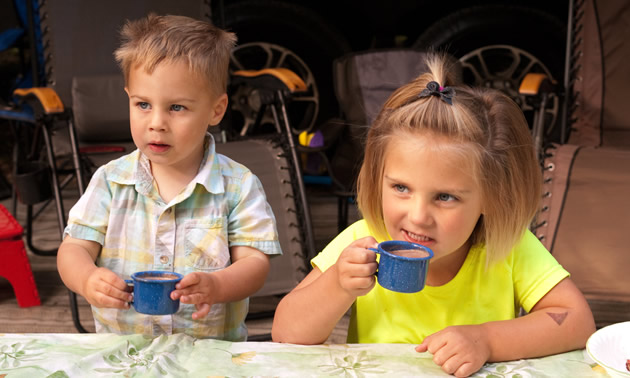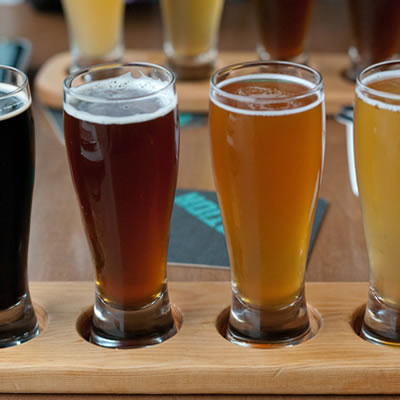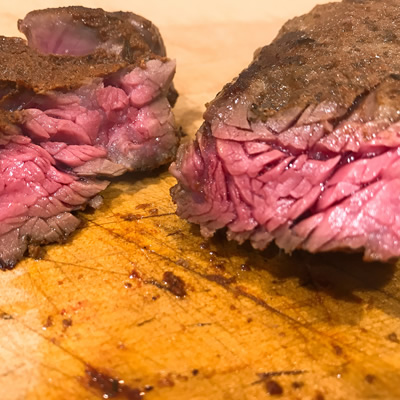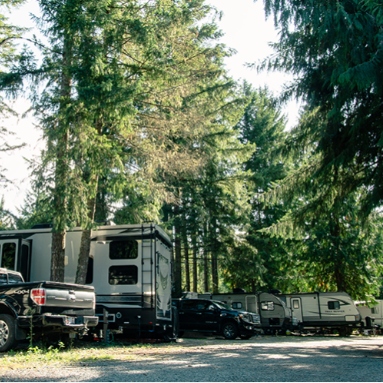Family camp meal planner
Planning makes family camping meals easier to swallow
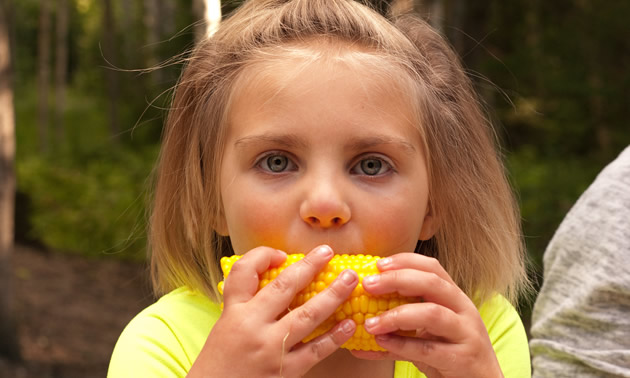
“Everything tastes better outside!” says anyone who’s eaten sizzling smokies and macaroni and cheese with a side of grill-marked veggies. When those meals are taken with the whole family gathered around the campfire as the sun sets, all the better.
We know food cooked outside tastes better and everyone around the picnic table agrees. You want to spend quality time with your family, but you need a break from full-time kitchen duty. Short of hiring a combination butler/chef Ramsay/guide outfitter for your RV experience, what is a camper to do?
The toughest thing to conquer when cooking for a crowd is where to start. My suggestion is to begin by agreeing which meals will be taken as a group, what will be prepared and who will share in the preparation and clean up of these meals. Camping is meant to be a break from our regular routine, and one person or family shouldn’t get stuck with meal preparation duties.
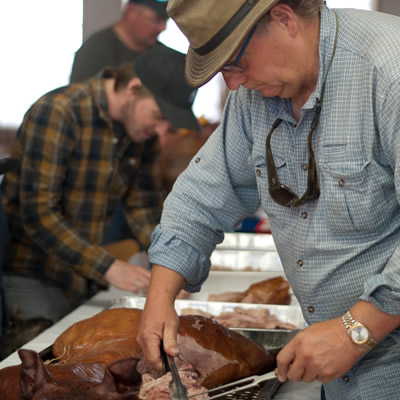
Here is some hard-earned advice on how to tackle the family meals, handle hosting and divide tasks as well as a sampling of our favourite camp foods to get you started.
Have the conversation ahead of time
Gather the troops for a planning discussion. Nail down the part of the menu that will be shared and how you will divvy up the tasks and hosting. Everyone will have a favourite camping food. This discussion can be as formal as a chaired meeting with minutes circulated (don’t laugh until you have tried it) or as simple as an email discussion threaded through the campers’ email boxes.
Share the work and enjoy the food
- Record and share recipes. Repeat camp favourites.
- Divide and share duties by meals. We share hosting by rotating campsites. Tonight, dinner is at your fire, tomorrow it’s at ours, for example. Sometimes the host does the whole meal; sometimes it is co-ordinated potluck.)
- Make a plan that works for your family. It’s a party, so serve foods everyone loves.
- Cooks clean only their mess. (Not that there's much to wash up from the meal cooked over the fire in aluminum foil.)
- Decide which meals to collaborate on—maybe it’s just dinner or just breakfast. Everyone doesn’t need to eat every meal together the entire camping trip. Plan for some “alone time.”
- Cook on the fire––it’s going anyways (unless there is a fire ban).
- Use disposable dinnerware or share dish duty.
- Do as much advance prep as possible: pre-cut veggies or pre-mix dry ingredients like pancakes, cornbread and muffins at home and bring them in a resealable bag. Include a recipe card with simple final assembly and cooking instructions.
- Cook meals in one pot. For example, see Jambalaya on the fire.
- Invest in tools and equipment suitable for your outdoor cooking needs.
- Cast-iron or cold-rolled steel griddles cook everything from schnitzel and egg foo-young to crepes Suzette and grilled cheese. Get one and use it on the fire.
- Most firepits have an acceptable grill but buy a grill sized to suit your style. For example, I need one that prevents eggplant, tomato and mushroom skewers from falling into the fire.
- Use heavy-duty commercial-grade aluminum foil. When cooking potatoes, double wrap them and cook them for 20 to 30 minutes right in the coals.
- Buy commercial-grade kitchens tongs, flippers, scrapers and fireproof gloves.
- If weight is not an issue, cast iron is an excellent choice for the fire. These original non-stick pans are nearly indestructible and easy to clean with hot water and a scrub pad. Dry cast iron with paper towel or over a low fire. Wipe a light film of oil over the surface and they are good until the next trip.
- If weight is an issue, there are plenty of lightweight options for frying pans and Dutch ovens in aluminum and other metals.
Easy and fresh family favourites
- Fresh pasta with sauce you make yourself or simply use a commercially prepared sauce.
- Jambalaya (see above:) this one is all about advanced prep and one-pot cooking.
- Sliced potatoes skin-on, onions and carrots, butter and pepper in foil––goes great with steak, chicken or fish.
- Slit potatoes in jackets crosswise two-thirds of the way through before wrapping in foil. They cook faster and this makes room for a bit of butter and your favourite seasoning.
- Cut veggies: carrots, celery, cauliflower, zucchini and cherry tomatoes. Have these available throughout the day with dip as simple as ranch or Russian salad dressing.
- Charcuterie platter: choose three cheeses (e.g., a soft, semi-soft and hard cheese) and three favourite sliced meats. I like prosciutto, dry salami and pâté for a mid-afternoon snack. Pick up a crusty loaf of bread on the way out of town to serve with this.
- One-skillet breakfast of well-browned sausage meat, chopped green onions, red and yellow peppers, and sautéed mushrooms covered with beaten eggs and shredded cheese.
- Skillet cornbread and baking powder biscuits.
A co-ordinated approach to family meals guarantees everyone gets at least one favourite meal each time out and no one camper carries the full load. After all, you’re spending quality time together as a family. And everything will taste better––I promise!
